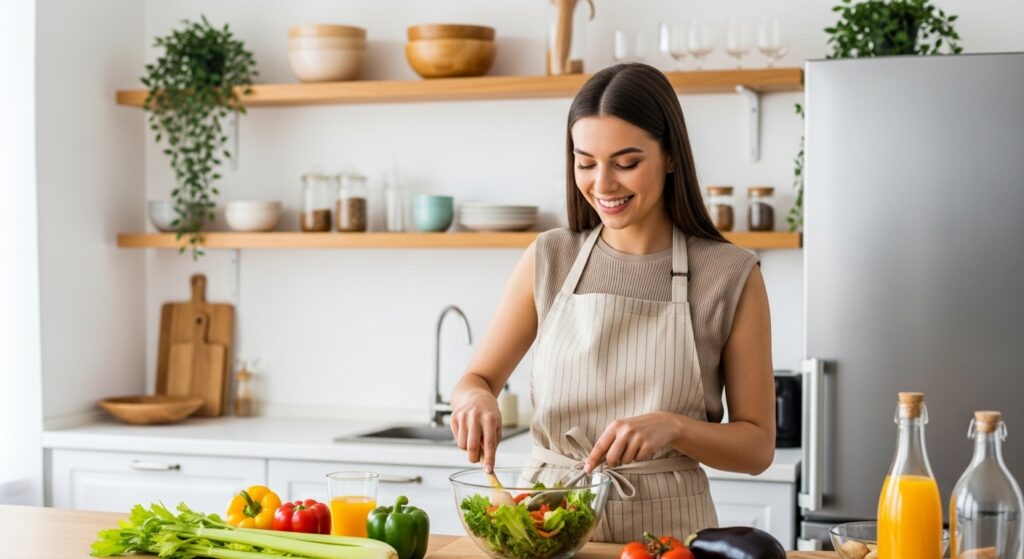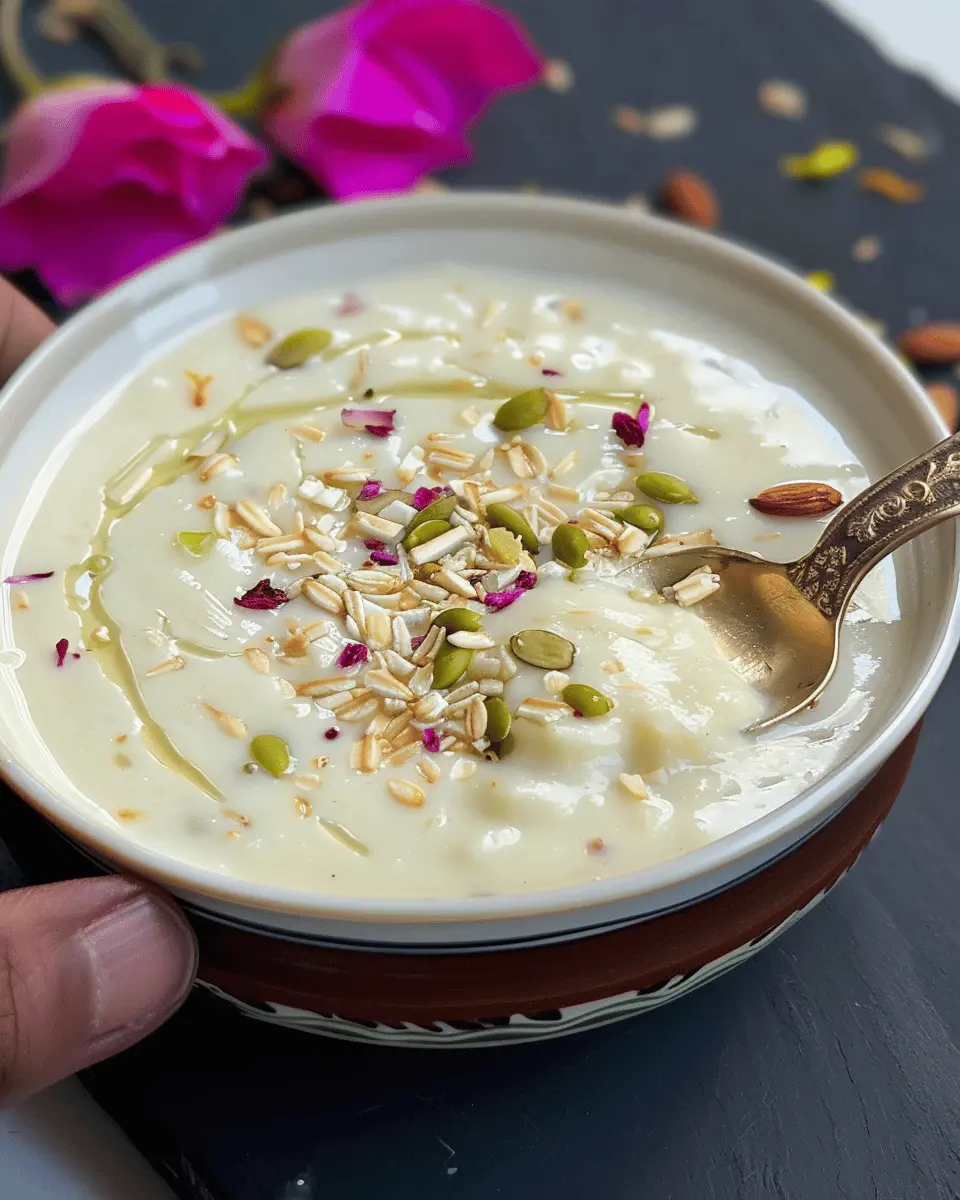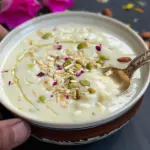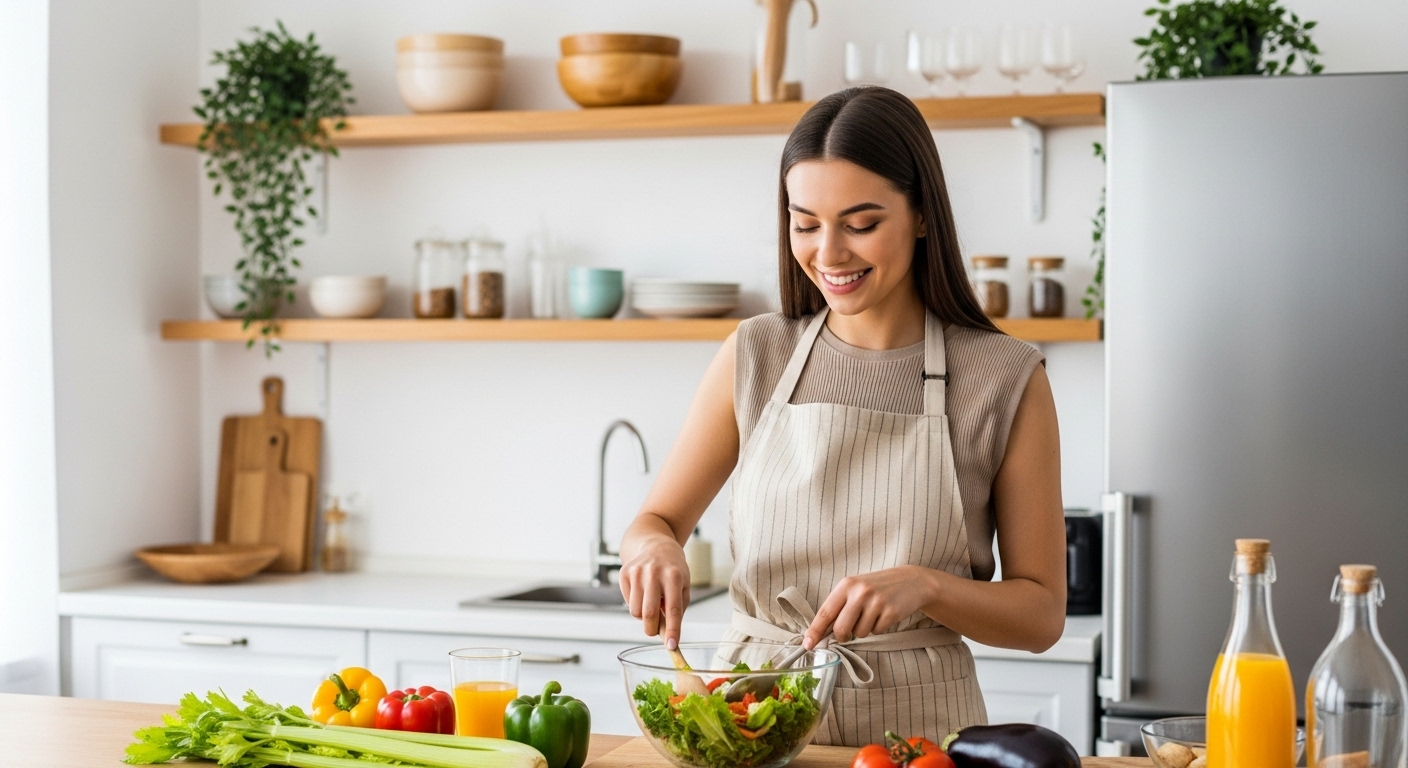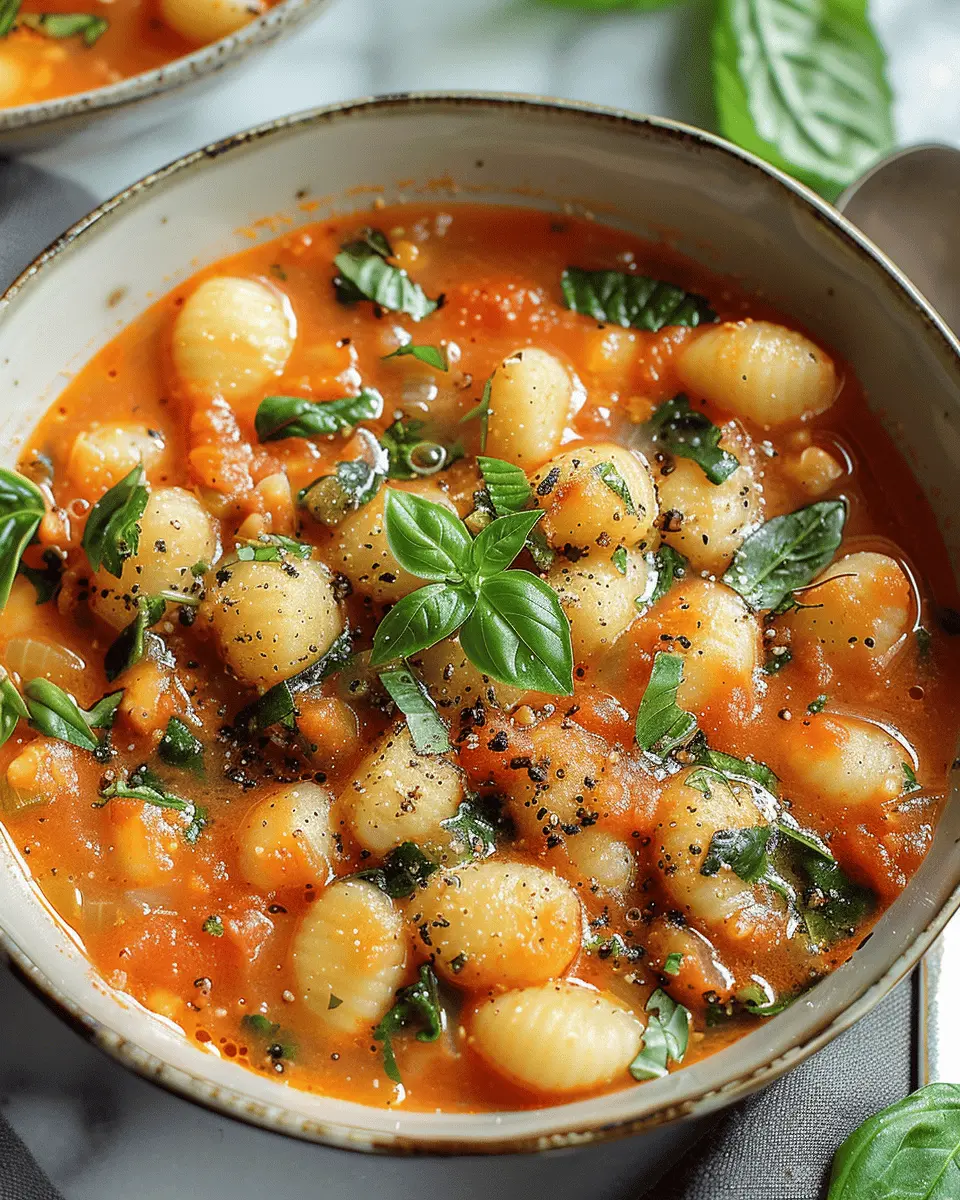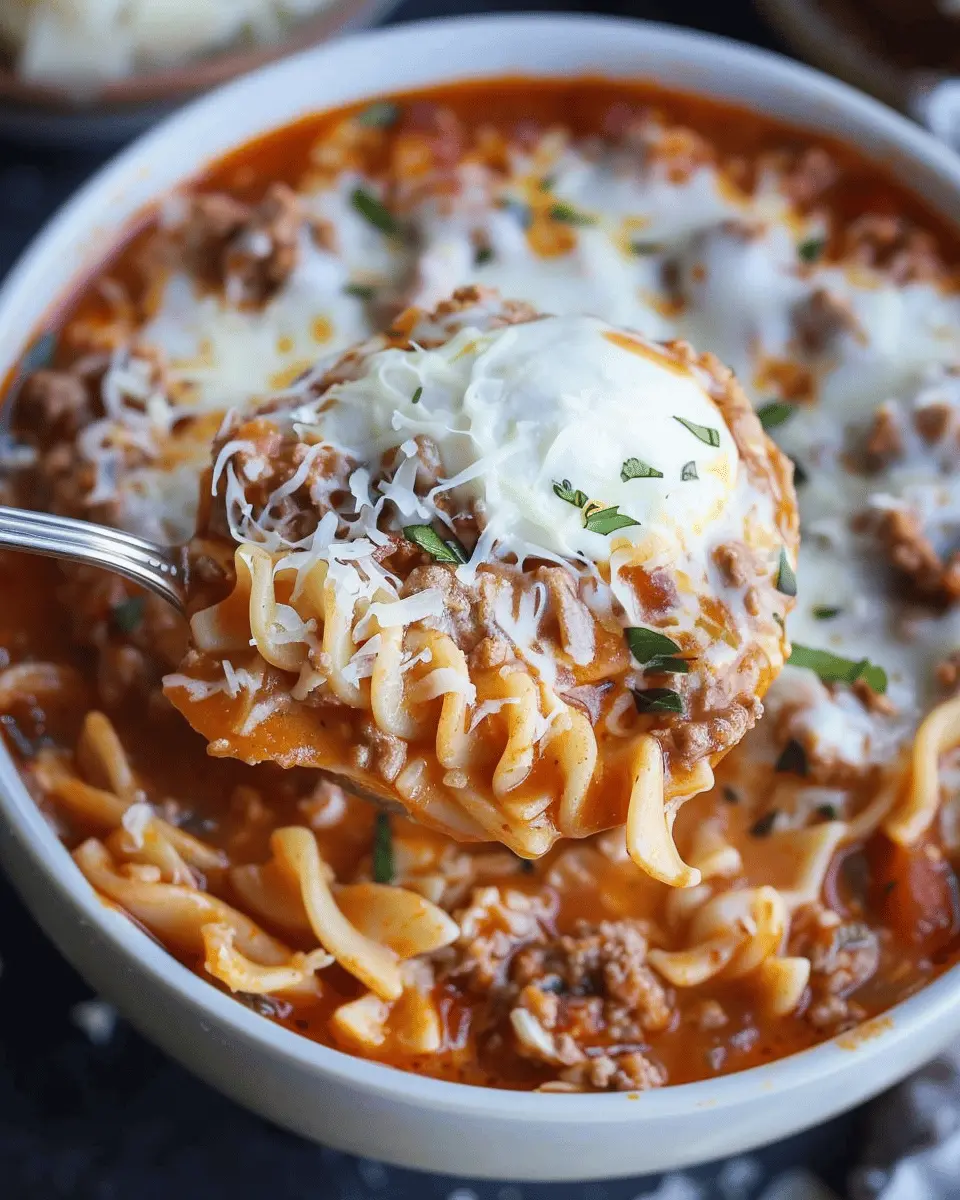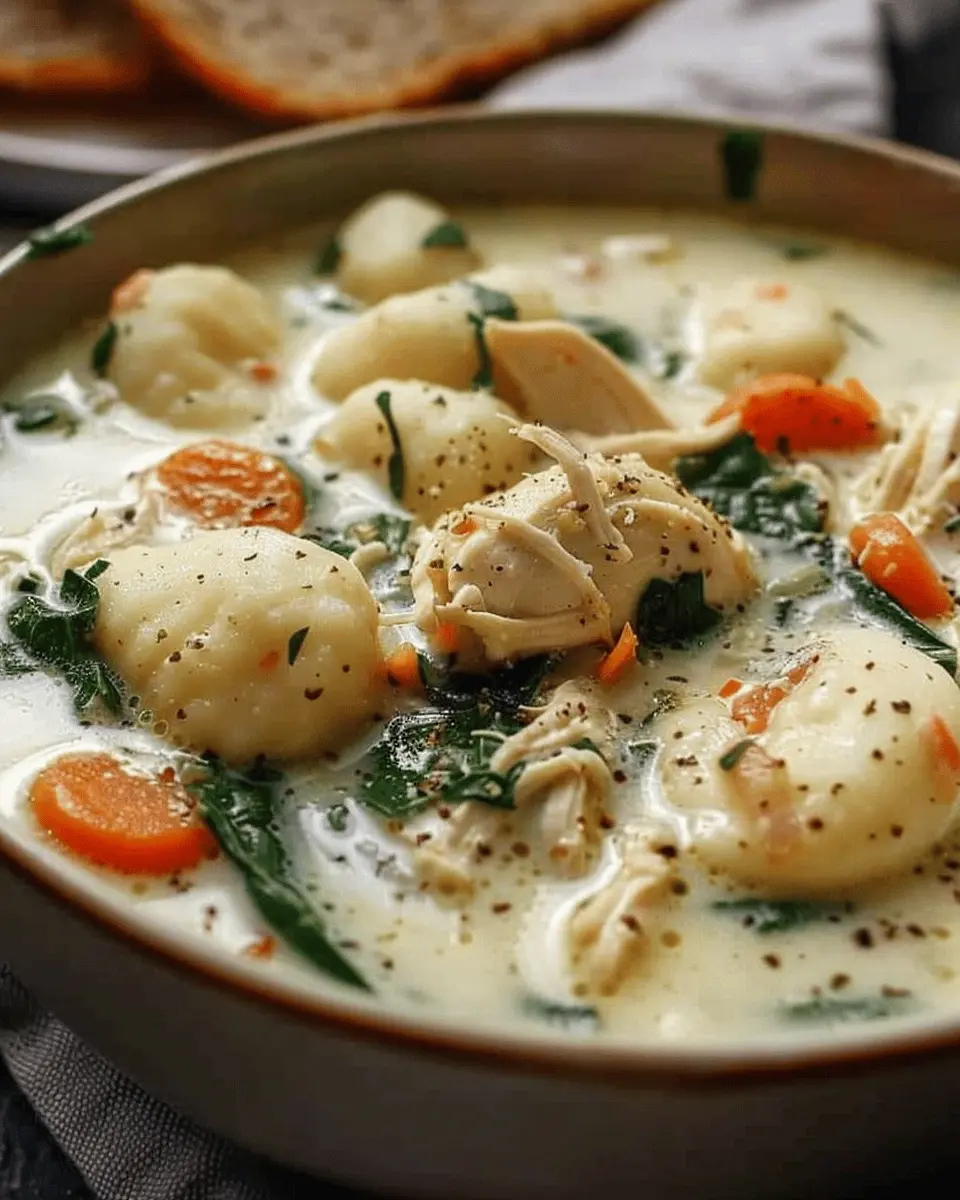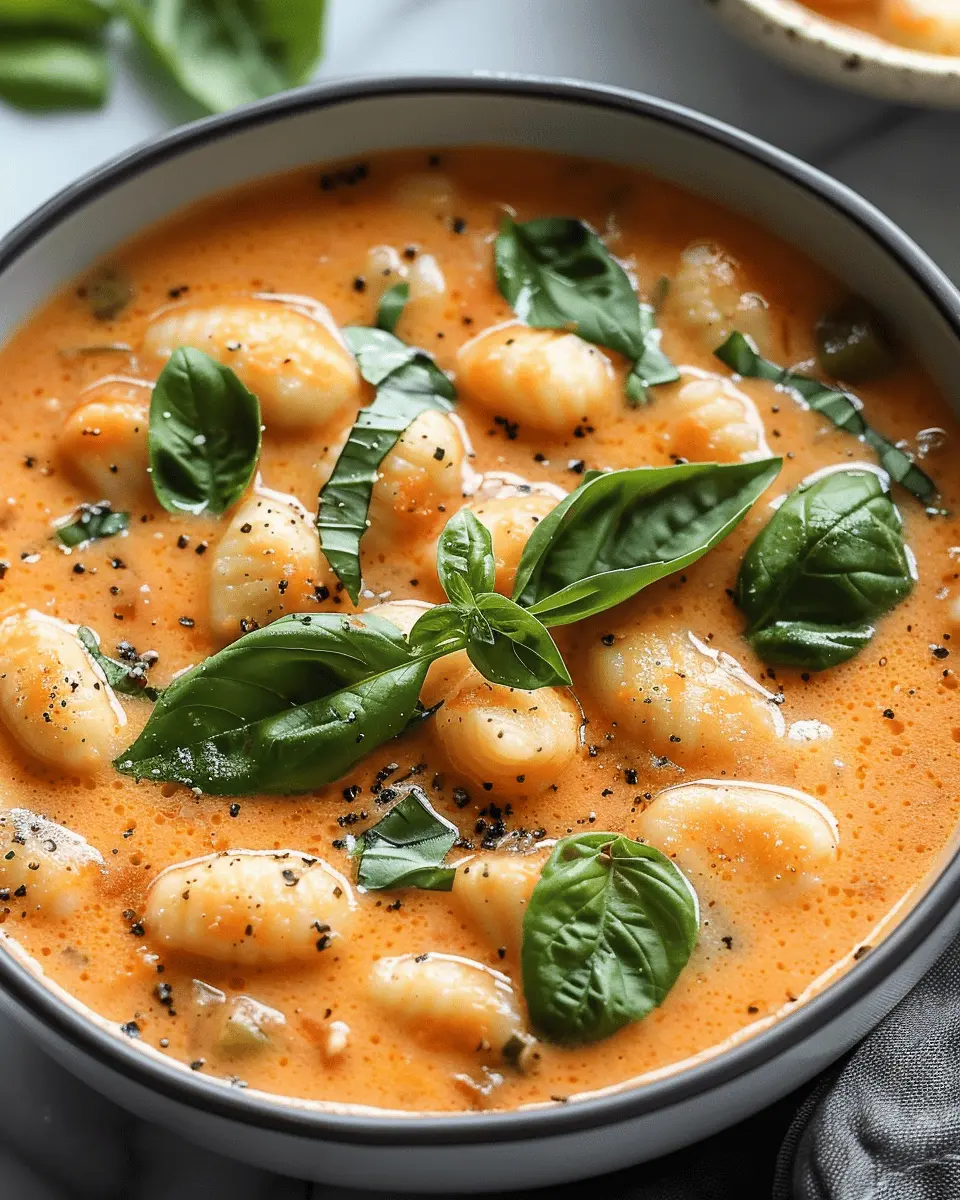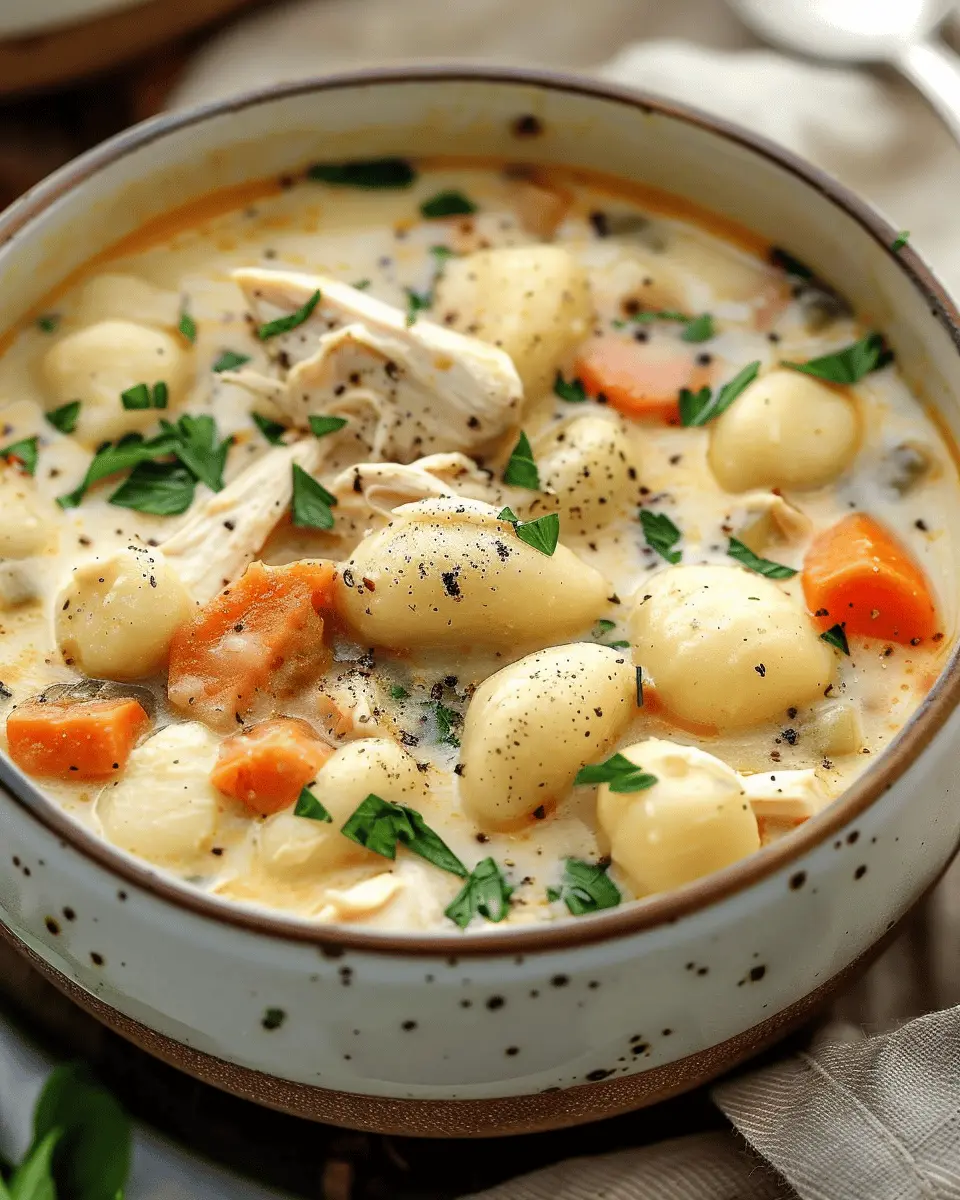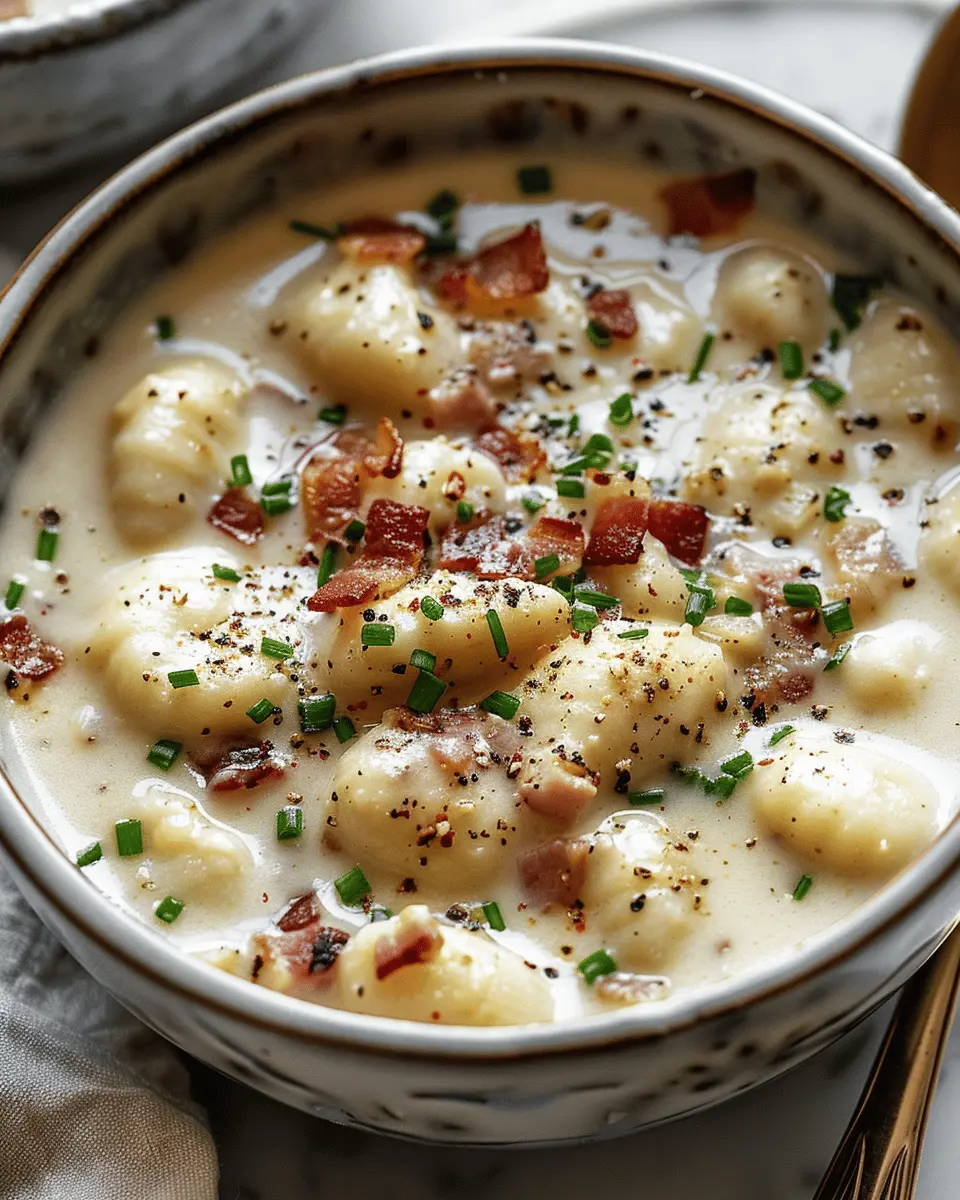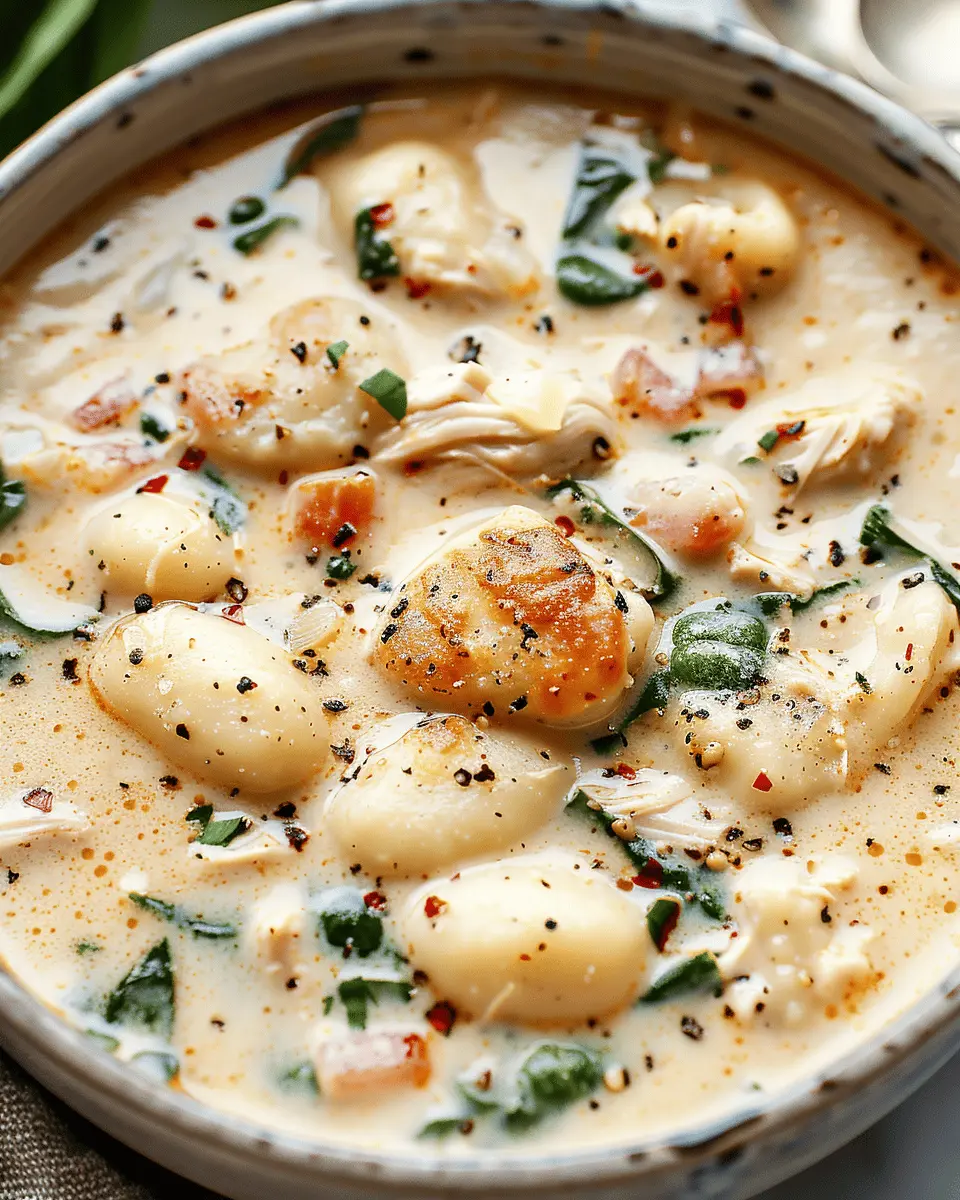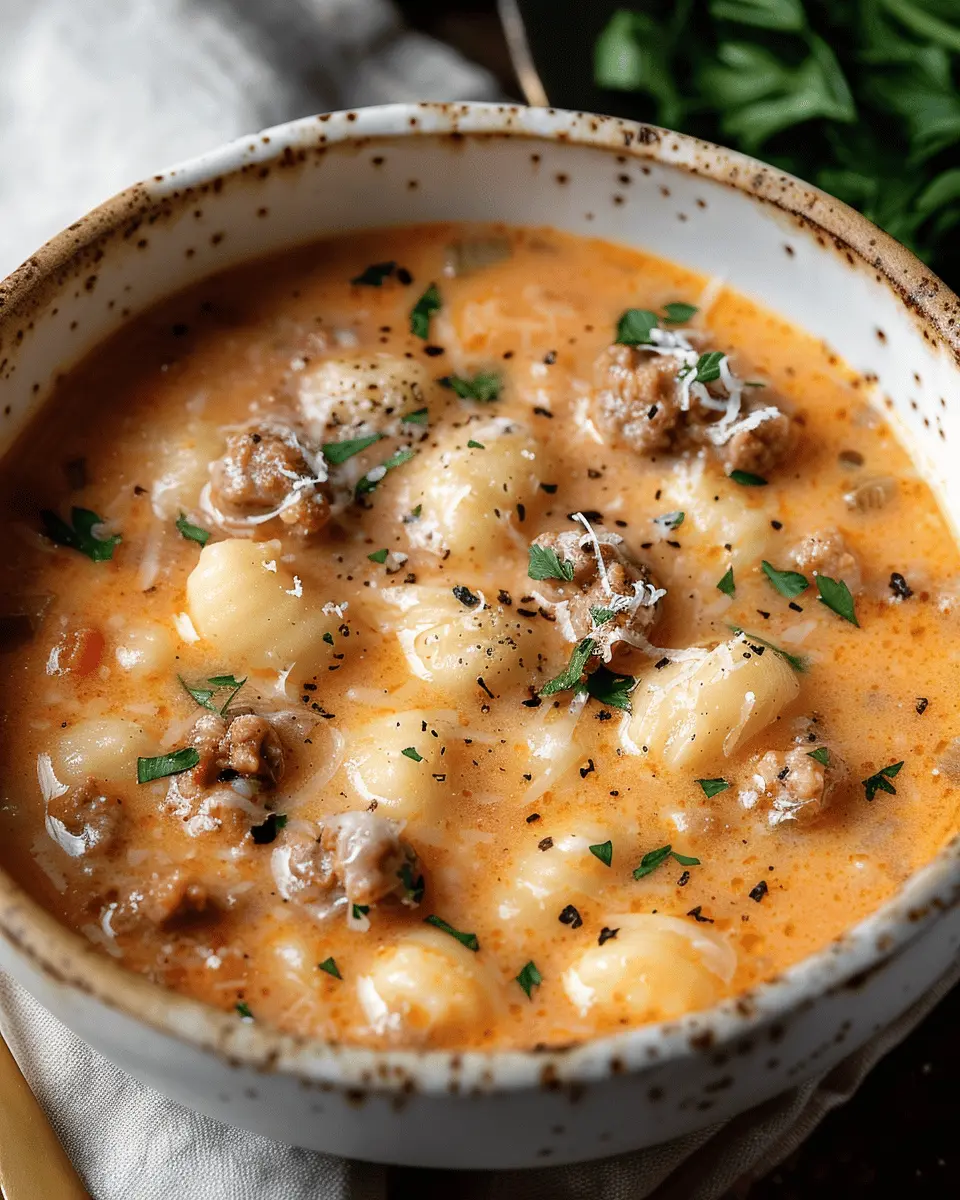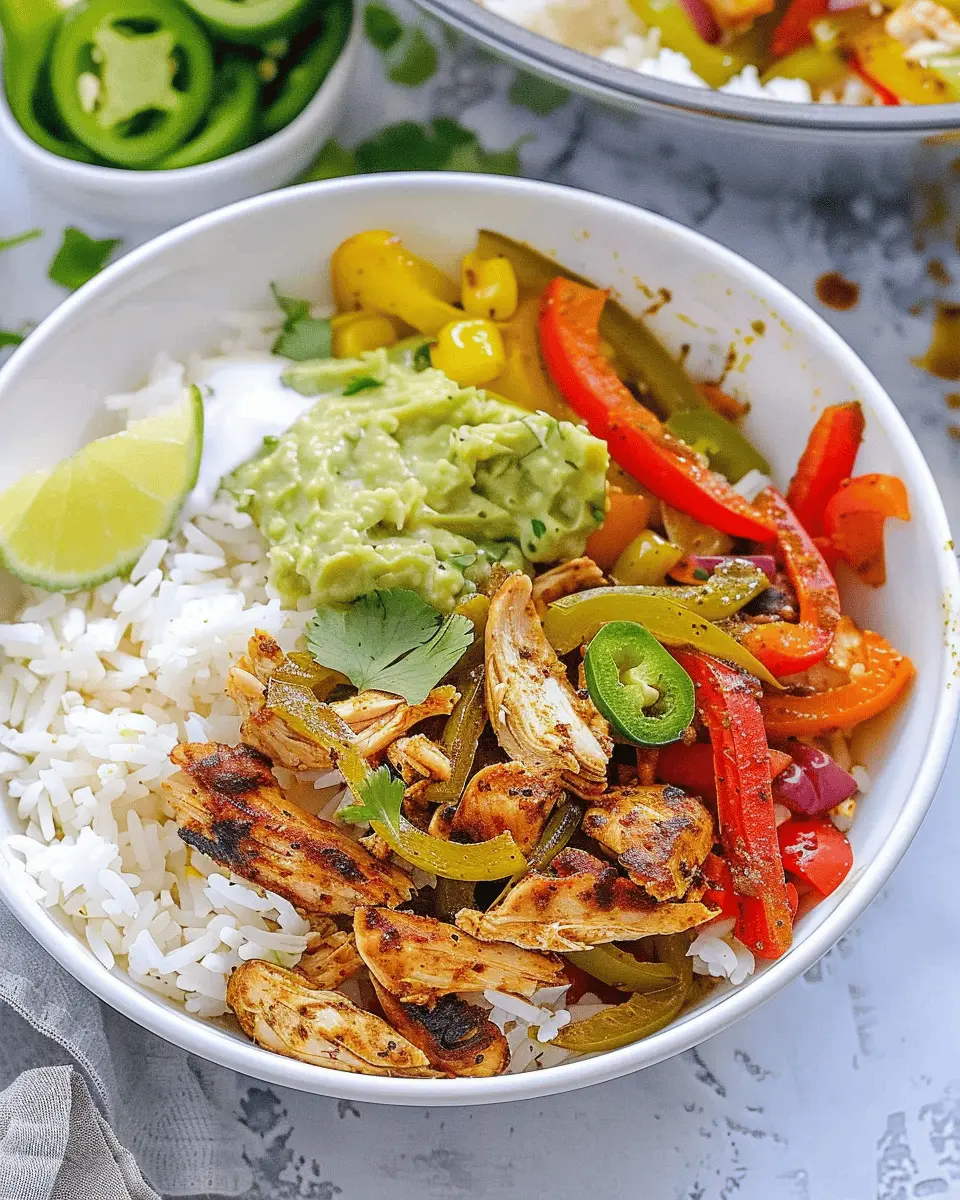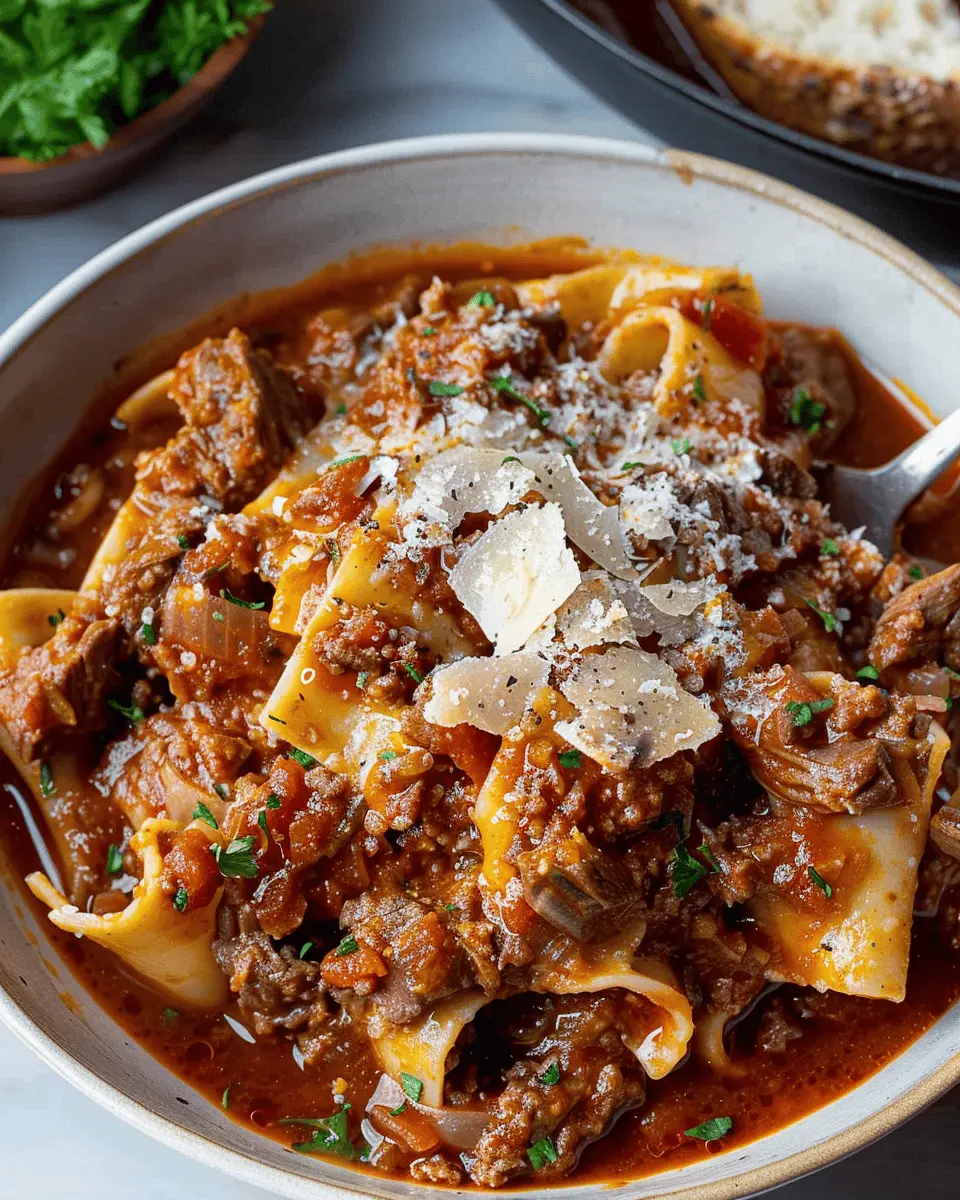Introduction to Rabdi Kheer Recipe
Why Rabdi Kheer? A Sweet Tradition Worth Making
When it comes to the world of desserts, Rabdi Kheer holds a special place in the hearts of many, especially in Indian households. This delightful dish, rich with flavors and textures, is not just a treat for the taste buds but also a celebration of tradition. But why should you consider making this Rabdi Kheer recipe at home? Let’s dive into it.
First off, Rabdi Kheer is a celebrated dessert that combines the creamy goodness of rabdi (reduced milk) with rice or vermicelli. It’s an indulgence that evokes nostalgia for many, often reminding us of festive occasions and family gatherings. This dessert has been a staple for generations, featuring in festivities like Diwali, weddings, and birthdays. It’s more than just food; it’s a way to share love and warmth with friends and family.
One of the remarkable things about making Rabdi Kheer is how simple yet satisfying the process is. With just a few ingredients—milk, sugar, and your choice of rice or vermicelli—you can create something truly magical. According to nutritionists, the use of milk not only adds rich flavor but also packs that essential calcium and protein. Plus, making it from scratch allows you to control sugar levels and customize flavors like cardamom, saffron, or nuts.
And let’s not forget about the versatility of this dish. You can enjoy Rabdi Kheer warm or chilled, topped with nuts, dried fruits, or even fresh fruits. This adaptability makes it the perfect dessert for every occasion, whether it’s a cozy family dinner or a festive celebration with friends.
For more inspiration on how to embrace traditional dishes, I recommend checking out culinary resources like The Spruce Eats or BBC Good Food for tips and variations.
So, are you ready to indulge in the wonderful world of Rabdi Kheer? Stay tuned, as we will guide you through a step-by-step process to recreate this classic dessert in your kitchen!
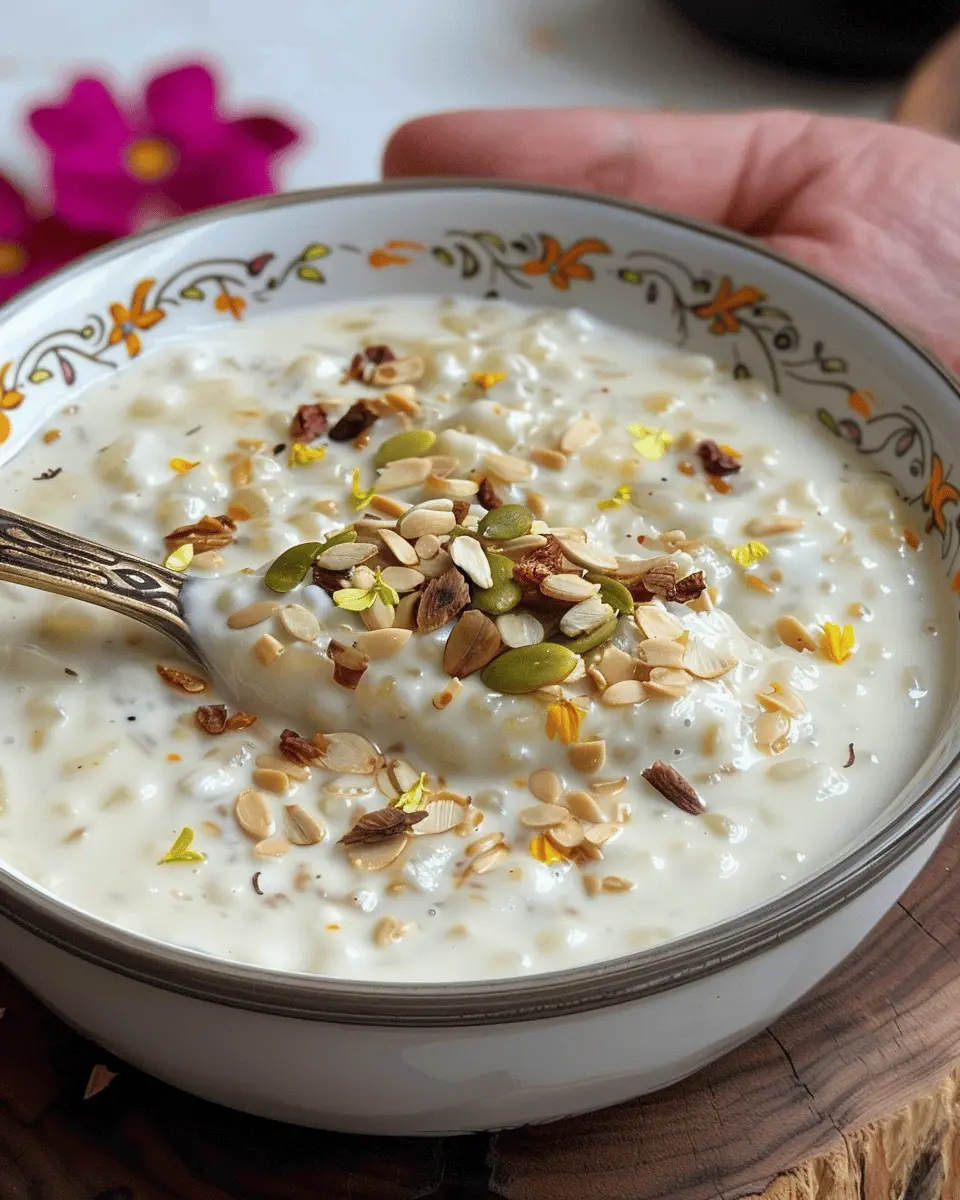
Ingredients for Rabdi Kheer
Essential ingredients for a delicious kheer
When prepping your rabdi kheer recipe, it’s crucial to gather the right essentials for a truly indulgent treat. Here’s what you’ll need:
- Full-fat milk: The backbone of any kheer, lending that rich, creamy texture.
- Sugar: To balance the flavors and add sweetness, use regular granulated sugar.
- Rice: Short-grain rice or basmati works best for that perfect graininess.
- Cardamom pods: These add a lovely aroma and depth of flavor.
- Chopped nuts: Almonds and pistachios are excellent for crunch and visual appeal.
- Saffron strands: A touch of saffron not only enhances the color but elevates the overall flavor.
These ingredients create a foundation for a traditional recipe that’s hard to resist!
Optional ingredients for a personalized touch
Now, let’s consider giving your rabdi kheer that unique twist. Here are a few optional ingredients:
- Condensed milk: For added sweetness and creaminess.
- Rose water: Infuses a floral note that pairs beautifully with this dessert.
- Fruits: Chopped mango or banana can brighten up your kheer and add freshness.
Feel free to experiment and tailor these additions to your taste. With these ingredients, you’ll create a delightful rabdi kheer that’s truly your own! For more tips on darling desserts, check out BBC Good Food for inspiration.
Step-by-step Preparation of Rabdi Kheer
Rabdi Kheer, a creamy, rich dessert, is a traditional Indian delicacy that never fails to impress. With its luscious texture and delightful flavors, it’s sure to become a favorite at your gatherings. Let’s dive into the step-by-step rabdi kheer recipe that will guide you through the process of creating this indulgent treat right at home.
Boil the milk to perfection
The foundation of any great kheer is milk, and for rabdi kheer, you’ll want to start with full-fat milk. Here’s how to do it:
- Choose the right milk: Opt for fresh, full-fat milk (preferably cow’s milk) for a rich and creamy base.
- Boil slowly: In a heavy-bottomed pan, pour in about 1 liter of milk. Heat it over medium flame, stirring occasionally to prevent it from sticking to the bottom.
- Reduce to half: Once it comes to a boil, reduce the heat and let it simmer until it’s reduced to about half its volume. This process can take around 30-40 minutes, but trust me, it’s worth the wait!
Remember that the longer you cook the milk, the creamier your rabdi will be. Be patient, and allow the milk to transform into a velvety texture.
Soak and grind the basmati rice
While the milk is simmering away, it’s time to prepare the rice. Basmati rice works best for this dish due to its unique aroma and fluffy texture.
- Soak the rice: Take about 2 tablespoons of basmati rice and soak it in water for about 30 minutes. This helps soften the grains, making them easier to blend.
- Grind to a paste: After soaking, drain the water and grind the rice in a blender with a little milk from the pot until you achieve a smooth paste. You want it to be a thick consistency, similar to a pancake batter.
Pro tip: This rice paste will help thicken your rabdi while adding a delicious texture.
Mix in the rice and saffron
Once your milk has reduced and is bubbling deliciously, it’s time to introduce the rice and saffron for that authentic flavor.
- Incorporate the rice: Gently fold in the rice paste into the boiling milk. Stir continuously to ensure there are no lumps. The mixture should start thickening within a few minutes.
- Add saffron: Soak a few strands of saffron in a tablespoon of warm milk and add this to the pot. This will not only give the kheer a lovely golden hue but also a fragrant aroma.
Isn’t it amazing how a few simple ingredients can elevate the dish?
Incorporate condensed milk and sugar
To achieve the signature sweetness and creaminess, we’ll now add condensed milk.
- Pour in the condensed milk: Once the kheer has thickened to your liking, add about 1 cup of condensed milk. This step takes the flavor to another level!
- Sweeten to taste: Depending on your preference, add sugar to taste. Mix well and let it simmer for another 5 minutes.
This combination of basic yet essential ingredients creates a rich, indulgent sweetness that pairs wonderfully with the creamy milk.
Create the caramelized sugar topping
One of the most exciting parts of making rabdi kheer is the caramelized sugar topping!
- Prepare caramel: In a separate pan, heat 2-3 tablespoons of sugar on low flame until it melts and turns golden brown. Be careful not to burn it.
- Drizzle over the kheer: Once caramelized, drizzle it over the top of the kheer for that gorgeous finish.
This topping adds a delightful crunch and a dining experience like no other.
Final touches with cardamom and nuts
To elevate your dish—and to make it look visually appealing—don’t forget the spices and nuts!
- Flavor with cardamom: Crush a few cardamom pods and mix them into the kheer for an aromatic finish.
- Top with nuts: Sprinkle chopped almonds or pistachios on top for added crunch and a pop of color.
This final garnish not only adds texture but also an extra layer of flavor that’s simply irresistible.
And there you have it! Your homemade rabdi kheer is ready to be served. Allow it to cool slightly, or enjoy it warm. Either way, you’re in for a treat. Share this delicious dessert with friends and family, and watch the smiles light up the room! For more interesting sweet and savory recipes, check out resources like Serious Eats or BBC Good Food. Happy cooking!
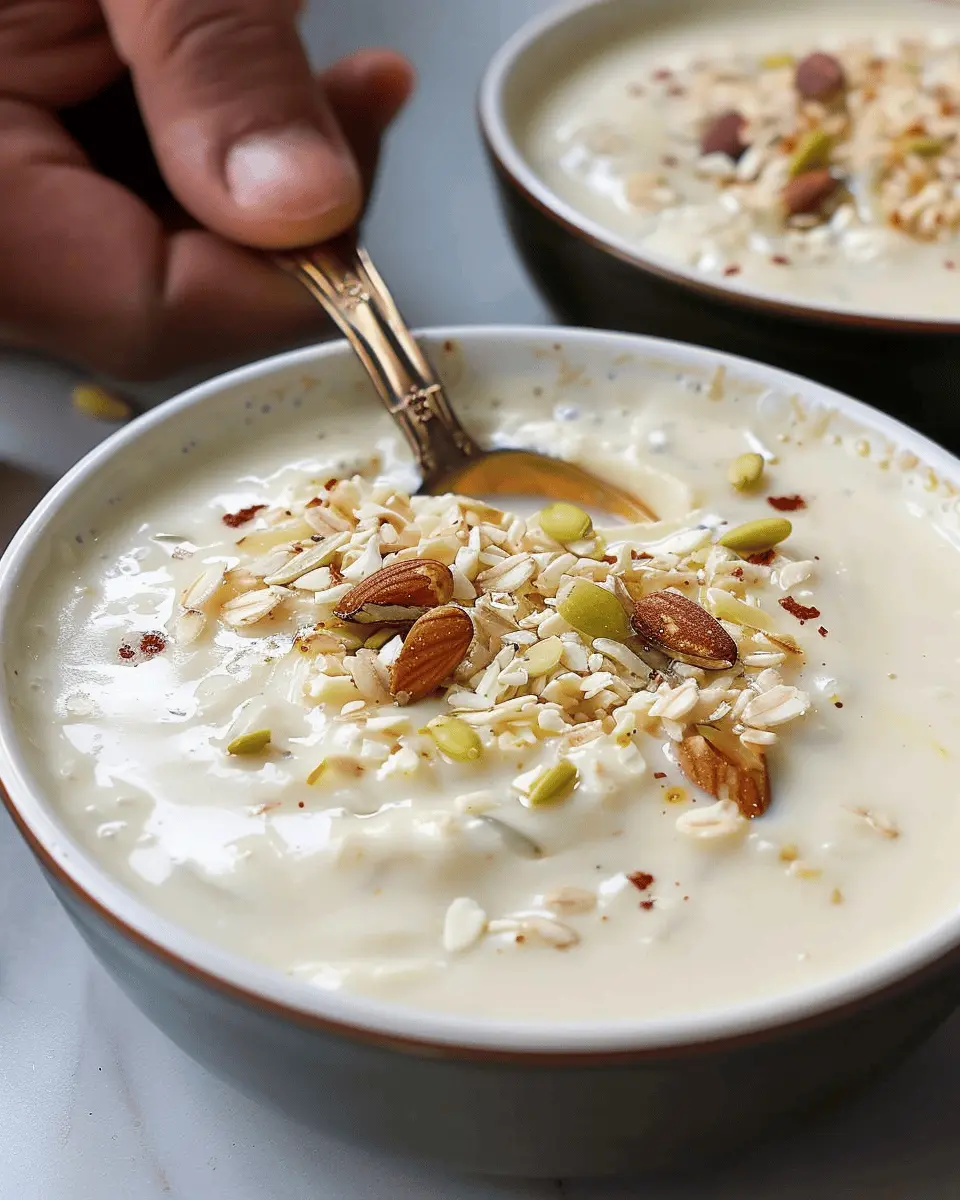
Variations of Rabdi Kheer
When you think of Rabdi Kheer, the classic creamy dessert, it’s easy to envision the traditional version. However, there’s so much more to explore! Let’s dive into some delightful variations that can take this beloved dish to the next level.
Saffron-infused Rabdi Kheer
One of the most exquisite enhancements to your rabdi kheer recipe is the addition of saffron. This lovely golden spice not only elevates the visual appeal but also adds a distinct aroma and taste. To create a saffron-infused version:
- Soak a few strands of saffron in warm milk for about 10-15 minutes.
- Stir this mixture into the cooking milk while preparing your kheer. You’ll be amazed at how just a few strands can impart a luxurious flavor.
- For an even richer taste, consider adding cardamom powder along with the saffron. Cardamom complements saffron beautifully, making each spoonful a delightful experience.
Saffron doesn’t just add flavor; it’s also known for its health benefits, like boosting mood and enhancing overall well-being.
Nutty variations of Rabdi Kheer
If you’re a fan of textures, why not experiment with some nutty variations? Adding nuts not only enriches the flavor but also enhances the nutritional value of your rabdi kheer.
Here are a few ideas to get you started:
- Almonds and Pistachios: Chop these nuts finely and sprinkle them on top just before serving. They add a lovely crunch that contrasts beautifully with the creamy base.
- Cashews: Sauté cashews in a bit of ghee before mixing them into the kheer for an extra nutty flavor.
- Walnuts: For those who enjoy a more robust flavor, chopped walnuts can provide a unique twist.
The beauty of these variations lies in the endless possibilities. Personalize your rabdi kheer recipe to suit your taste, and delight your friends and family with a dessert that’s uniquely yours!
For further inspiration, check out this article on regional variations of kheer.
Cooking Tips and Notes for Rabdi Kheer
Avoiding Common Pitfalls in Kheer Making
Rabdi kheer is a delightful, creamy dessert, but it can be tricky if you’re not careful. One common pitfall is burning the milk. Ensure you stir it continuously, especially towards the end. If you notice it thickening too quickly, lower the heat and allow it to simmer gently. Also, be cautious with sugar; add it gradually to taste rather than all at once.
Best Practices for Using Saffron and Cardamom
When enhancing your rabdi kheer recipe, high-quality saffron and cardamom are paramount. For saffron, soak a few strands in warm milk for about 10 minutes before adding it to the kheer, allowing its rich flavor and color to infuse beautifully.
Regarding cardamom, freshly ground is always better. Add a pinch towards the end of cooking to maintain its aromatic properties. Incorporating these spices thoughtfully will elevate your dish to a whole new level!
For more tips on spices, check out the Spice Advice for expert guidance.
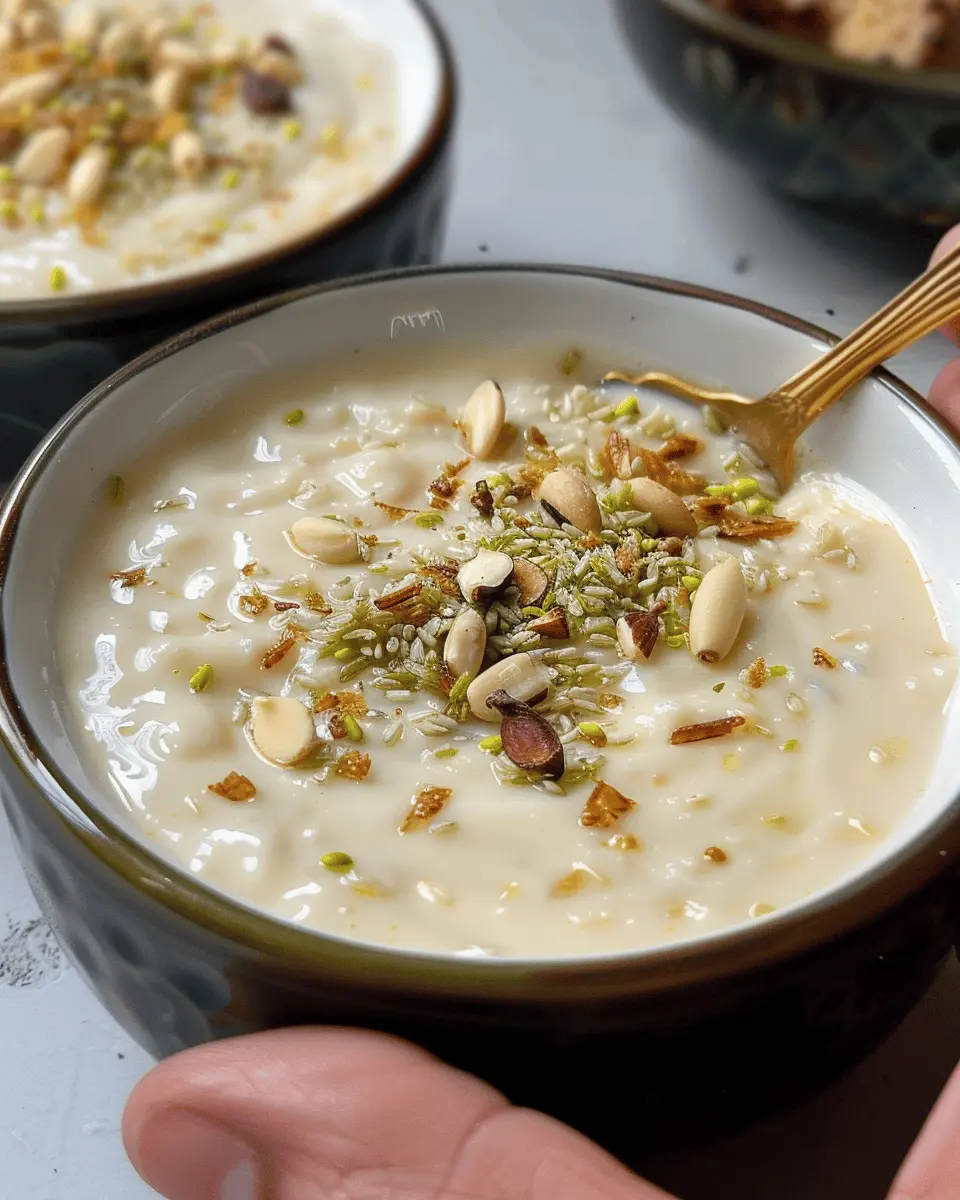
Serving Suggestions for Rabdi Kheer
How to Present Your Kheer Elegantly
To truly impress your guests with your rabdi kheer recipe, presentation is key. Serve the kheer in small, elegant bowls or ramekins for a sophisticated touch. You can enhance the visual appeal by garnishing each portion with slivers of pistachios and almonds, as well as a delicate sprinkle of cardamom powder. If you want to take it a step further, consider layering the kheer with strands of saffron for that luxurious look, or even adding edible flowers for a pop of color. These little touches can transform your simple dessert into a showstopper.
Pairing Suggestions for a Delightful Experience
Accompany your delicious rabdi kheer with complementary flavors. A rich, buttery naan or soft, warm puris can provide a delightful contrast. If you’re looking for something lighter, consider serving it alongside a refreshing fruit salad or a tangy citrus sorbet. For a cozy touch, you might enjoy pairing it with a spiced chai or an aromatic masala tea. This balance of flavors and textures will elevate your dessert experience, making it memorable for everyone involved.
For more tips on Indian desserts, check out this helpful guide on Food52 or the delectable offerings on Serious Eats.
Time Breakdown for Making Rabdi Kheer
Preparation Time
The rabdi kheer recipe starts with an easy prep phase that takes about 15-20 minutes. This includes gathering your ingredients, measuring the rice and milk, and soaking the rice. Want to save some time? Consider soaking the rice overnight!
Cooking Time
Next comes the cooking process, which takes approximately 45-60 minutes. As the milk simmers and reduces, the aroma will fill your kitchen, making it hard to resist sneaking a taste! Stir frequently to ensure it doesn’t stick to the bottom of the pan.
Total Time
In total, you’re looking at about 1-1.5 hours from start to finish. This dish not only brings comfort but also allows you to enjoy a moment of culinary creativity. Plus, once you master it, you can impress family and friends during festivities or gatherings. For detailed tips and tricks on the perfect finish, check out resources like BBC Good Food or Epicurious for inspiration.
Nutritional Facts for Rabdi Kheer
When diving into this delightful dessert, it’s good to know what you’re enjoying. Here’s a quick breakdown of Rabdi Kheer’s nutritional aspects:
Calories
A typical serving of Rabdi Kheer averages around 250-300 calories, making it a rich dessert but worthy of the occasional indulgence.
Key Nutrients
This creamy treat is packed with beneficial nutrients:
- Calcium: Great for bone health, thanks to the milk.
- Protein: Aids muscle repair, primarily from the milk base.
- Vitamins B2 and B12: Supports energy metabolism and overall health.
Sugar Content
On the sweetness scale, Rabdi Kheer generally contains around 15-20 grams of sugar per serving. While this adds to its appeal, moderation is key, especially for those monitoring sugar intake.
Want to learn more about making Rabdi Kheer a healthier choice? Check out resources like Healthline for nutritional tips!
FAQs about Rabdi Kheer
Can I make Rabdi Kheer in advance?
Absolutely! Making Rabdi Kheer in advance is a great idea, especially if you’re planning for a special occasion or a potluck. In fact, letting the Rabdi Kheer chill in the fridge for a few hours, or even overnight, allows the flavors to meld beautifully. Just make sure to store it in an airtight container to preserve its freshness. When you’re ready to serve, you might want to give it a gentle stir and add a splash of milk if it thickens too much.
How can I adjust the sweetness?
Everyone has their own taste preferences when it comes to sweetness. For your Rabdi Kheer recipe, you can easily adjust the sugar based on your liking. Start with less sugar, then taste and add more gradually. If you prefer a healthier alternative, consider using natural sweeteners like honey or maple syrup. Just keep in mind that these can alter the flavor slightly, so add them in small amounts to find your perfect balance.
What can I substitute for the rice?
If you’re looking for a gluten-free or lower-carb option, there are several substitutes you can use in your Rabdi Kheer recipe. A popular choice is to use vermicelli, which gives a delightful texture while still absorbing those exquisite flavors. Alternatively, you could use quinoa or even cauliflower rice for a healthier twist. Each of these substitutions will bring a unique flavor profile, so feel free to experiment and find what you enjoy best!
For more detailed insights on Kheer variations, check out resources like Epicurious or Food Network for different interpretations of this classic dish.
Conclusion on Rabdi Kheer Recipe
Final thoughts on making this delightful dessert
Creating your own rabdi kheer is not just about indulging in a sweet treat; it’s an experience that connects you to rich culinary traditions. This dessert, with its creamy texture and aromatic flavors, is perfect for festive occasions or cozy family gatherings. Remember to use high-quality ingredients, such as full-fat milk and fresh saffron, to elevate your dish.
Don’t hesitate to experiment with toppings like chopped nuts or dried fruits to make your rabdi kheer uniquely yours. Have you had a chance to share this dish with loved ones? Let your culinary journey unfold with every spoonful. For more dessert inspiration, check out this source for tips and ideas.
PrintRabdi Kheer Recipe: Indulgent Indian Dessert Made Easy
Rabdi Kheer is a rich and creamy Indian dessert made with milk, sugar, and flavored with cardamom and saffron.
- Prep Time: 15 minutes
- Cook Time: 40 minutes
- Total Time: 55 minutes
- Yield: 4 servings 1x
- Category: Dessert
- Method: stovetop
- Cuisine: Indian
- Diet: vegetarian
Ingredients
- 1 liter whole milk
- 1/2 cup sugar
- 1/4 teaspoon cardamom powder
- 1/4 teaspoon saffron strands
- 1/2 cup rice (soaked for 30 minutes)
- 1/4 cup chopped nuts (almonds and pistachios)
Instructions
- Heat milk in a heavy-bottomed pan.
- Add the soaked rice and cook until the rice is tender.
- Stir in the sugar, cardamom, and saffron. Cook for another 10-15 minutes.
- Garnish with chopped nuts and serve warm or chilled.
Notes
- For a richer taste, you can use condensed milk.
- Let the kheer cool before serving for a thicker consistency.
Nutrition
- Serving Size: 1 bowl
- Calories: 250
- Sugar: 20g
- Sodium: 100mg
- Fat: 10g
- Saturated Fat: 5g
- Unsaturated Fat: 3g
- Trans Fat: 0g
- Carbohydrates: 35g
- Fiber: 1g
- Protein: 7g
- Cholesterol: 20mg
Keywords: Rabdi Kheer, Indian Dessert, Kheer Recipe
